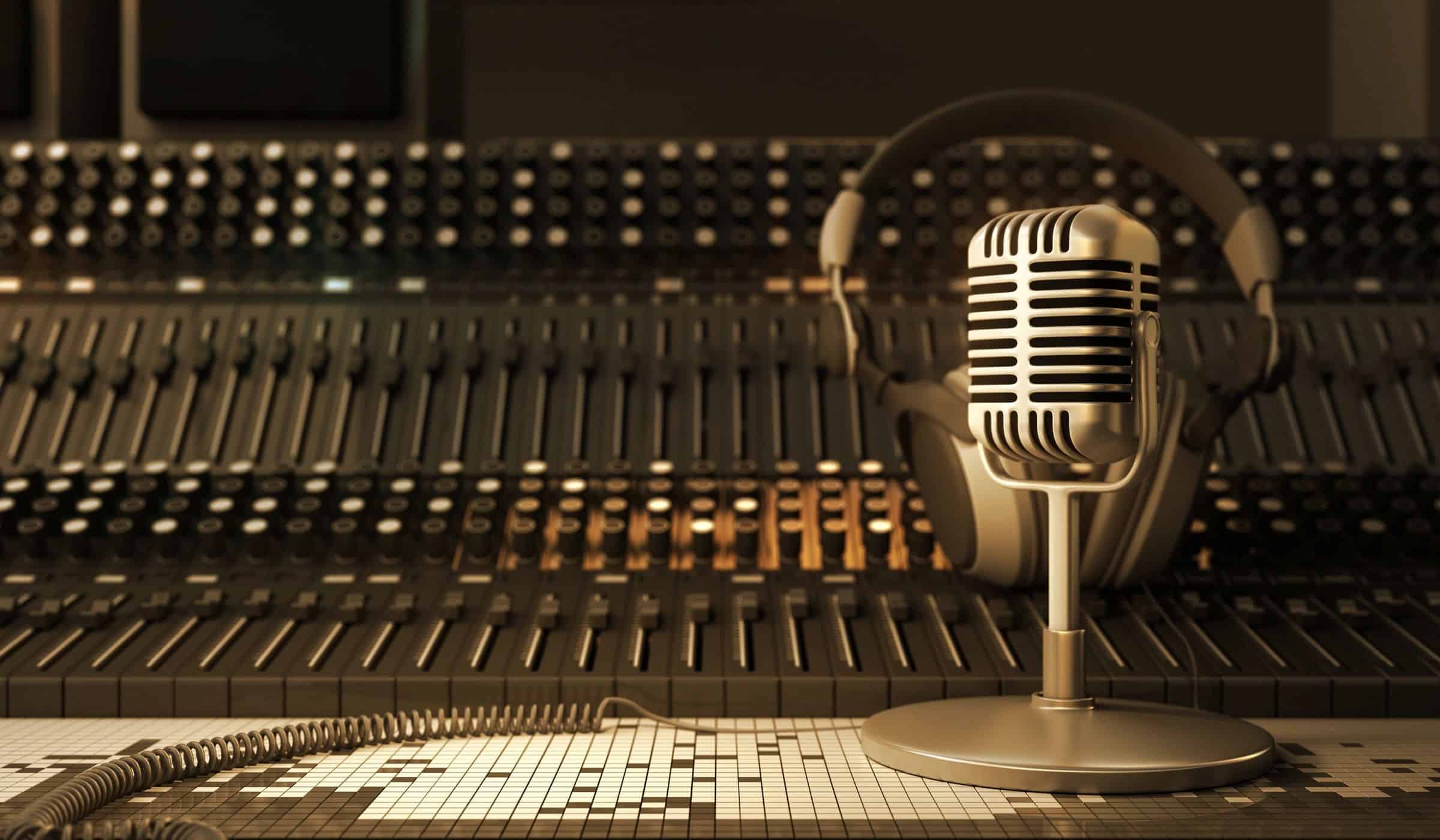
Just as in the case of sampling, remix, and mashup, copyright and interpolation go hand in hand: it all runs down to using music legally. The digital world offers a limitless array of options when it comes to creating music: you can find tracks, stems, loops, and beats that make your own tunes the extraordinary pieces you’re looking for. Regardless, there’s a downside to this infinite offer: some of these are not yours to use at your disposal. Think of how many hours you yourself devote to your songs, and how unfair it would be if someone else took advantage of it without your permission. Therefore, when it comes to producing music with the aid of preexisting sounds, as is the case with interpolation, you should first learn how to be respectful, which means being aware of how copyright operates.
What Are Interpolations Exactly?
Interpolations are similar to samples, but they aren’t the same. Concretely, interpolations are new works you conform by taking part of an existing musical work (which is different from a sound recording) and incorporating it. The main difference lies on the fact that these don’t involve any of the actual sounds within a preexisting recording. In other words, you have to record a new audio. Another indispensable difference, when still comparing it to sampling, is that interpolations only involve a preexisting musical work; that is, the only thing necessary to legally comply with the pertinent usage is a license from the musical work’s copyright owner. That is, you don’t need the permission from the owner of a preexisting sound recording, even if your new recording and the interpolation are very similar. This is particularly important when you’re building a market in the United States. The reason is that, in this country’s law, the exclusive rights in sound recording don’t extend to “sound-like,” independent, recordings of your own.
An example might clarify the previous paragraph. Think of the single “Keep Their Heads Ringing” (1995), by Dr. Dree, particularly of its opening. This opening contains a ton of references by “Funk You Up,” a song by The Sequence. Here you have an interpolation. Another critical and very famous example is The Beatles’s “All You Need is Love,” which interpolates “La Marseillaise.”
Copyright and Interpolation: the Copyright Portion
In short, an interpolation occurs when you recreate a recording, note for note, and thus reflect the underlying composition. Therefore, whenever you’re including an interpolation into your tune, the permission you need to get comes from the owner of said underlying composition. Remember: the key difference is that you’re not using the original recording in your own song. Some artists prefer interpolation over sampling precisely because of the economic and legal aspects: if you don’t have the money for the sample’s royalties, then you can re-record elements from the song you chose. This, too, avoids the fuss that sampling does have in terms of copyright.
This is still a situation in which you need permission from the owner of the songwriting copyright, either the artist or publisher. In most cases, you’ll still have to pay something (which is only fair, right?). But the issue at heart is that these permissions are usually easier to obtain and less costly because you’re the one playing the given sound, instead of using its preexisting version.
Copyright and Interpolation: Conclusion
Artists all around recommend interpolation as an alternative to sampling: one that is more accessible and easier to defend if it comes to the courts. However, as we’ve been arguing in this series, it’s all about fairness and respect. Artists, and musicians in particular, would be nothing if not for the creative exchanges that organically occur through the development of the genres. In conclusion, make responsible—and lawful—decisions for the benefit of your brand and your professional growth.
